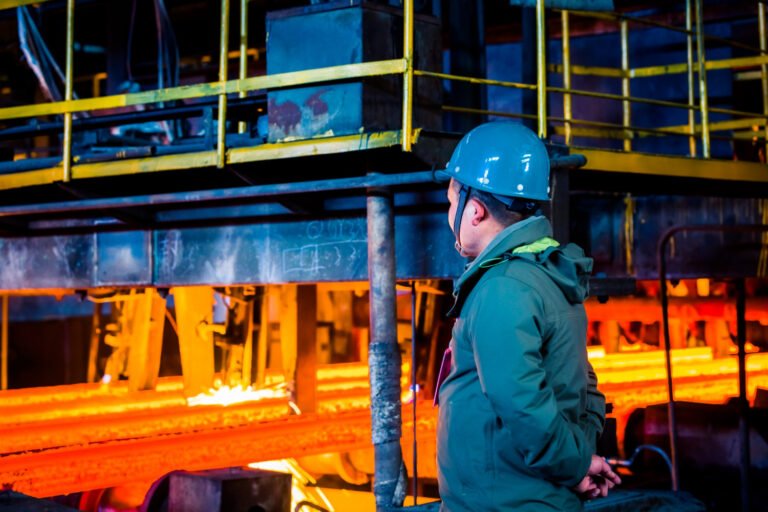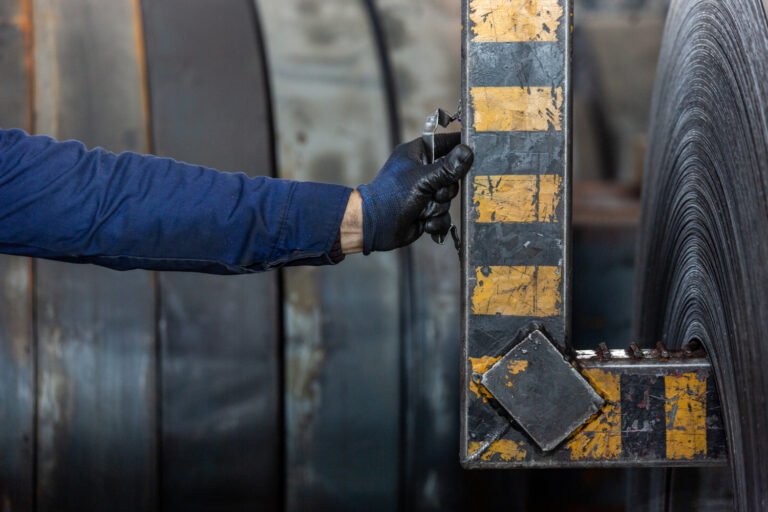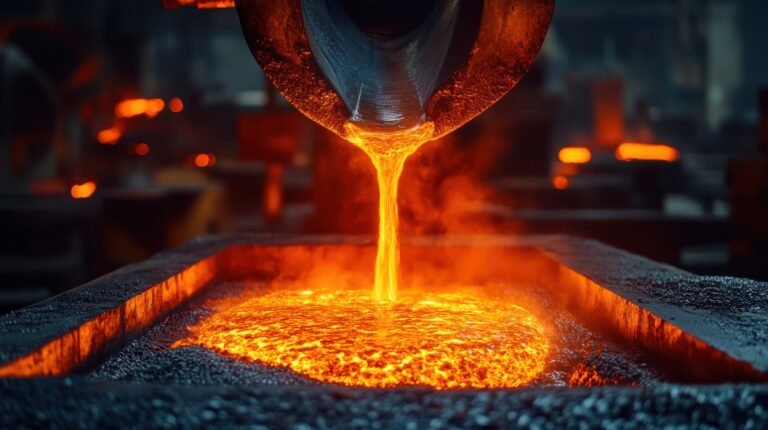What Is Failure Mode and Effects Analysis? | MTS INDIA
Failure Mode and Effects Analysis (FMEA) is a structured, systematic approach used to identify potential failure modes in a product, process, or system—and evaluate their impact on performance or safety. It helps prevent defects before they occur by prioritizing risk and implementing corrective actions early.
At MTS INDIA, FMEA is a critical part of our failure analysis in Delhi, failure analysis Chandigarh, and other technical service hubs across India.
Why Is Failure Mode and Effects Analysis Important?
FMEA isn’t just about solving problems—it’s about anticipating them before they happen. It helps engineers, quality teams, and manufacturers:
- Detect potential failure points early
- Rank risks based on severity, occurrence & detection
- Improve product reliability and performance
- Comply with global quality standards like ISO or Six Sigma
At MTS INDIA, we integrate FMEA into all our failure analysis investigations in Delhi and Chandigarh, helping industries minimize costly breakdowns and safety hazards.
How Does FMEA Work? Step-by-Step Overview
FMEA follows a structured process that can be applied to products, systems, or manufacturing lines:
Step 1: Identify Failure Modes
List all the ways a component, function, or process could fail.
Step 2: Analyze Effects of Each Failure
What would happen if this failure occurred? Would it lead to safety issues, downtime, or quality loss?
Step 3: Assign Severity, Occurrence & Detection Ratings
Use a Risk Priority Number (RPN) scale (1–10 for each factor):
- Severity (S) – Impact of the failure
- Occurrence (O) – Likelihood of happening
- Detection (D) – Ease of detecting before failure
Step 4: Calculate RPN (S × O × D)
Prioritize high-risk areas based on the score.
Step 5: Recommend Actions
Implement controls to reduce severity or increase detection of potential failure.
What Are the Types of FMEA?
MTS INDIA offers all standard types of FMEA services:
- 🔧 Design FMEA (DFMEA) – For new products or system designs
- 🏭 Process FMEA (PFMEA) – For manufacturing processes
- ⚙️ System FMEA – To evaluate interactions between subsystems
- 🔬 Service FMEA – For maintenance, field operations, and logistics
These are part of our advanced failure analysis services in Delhi and failure analysis Chandigarh, where we also include material testing and root cause studies.
Where Is FMEA Used?
FMEA is widely used across industries, including:
- Automotive (OEM and Tier-1 suppliers)
- Aerospace and defense
- Consumer electronics
- Power plants and renewable energy
- Pharma and medical devices
💡 MTS INDIA’s FMEA capabilities support OEMs and SMEs alike—especially in cities like Delhi and Chandigarh where critical infrastructure and production hubs rely on preventive failure analysis.
Key Benefits of FMEA for Industries
- ✅ Early detection of design or process flaws
- ✅ Cost-saving by avoiding product recalls or rework
- ✅ Improved safety and compliance
- ✅ Enhanced cross-functional collaboration
- ✅ Valuable for audits, certifications, and quality benchmarking
Pros and Cons of FMEA
| Pros | Cons |
| Proactive failure prevention | Requires time and detailed analysis |
| Helps prioritize risk | Not all failures can be predicted |
| Supports regulatory compliance | Needs cross-functional team involvement |
| Enhances customer trust & quality | Risk of subjective scoring (S, O, D) |
Example: How MTS INDIA Used FMEA for Failure Analysis in Delhi
Client: A precision auto-parts manufacturer in Delhi NCR
Problem: Unexpected wear in high-tolerance gears
Solution:
- Conducted DFMEA and PFMEA to trace failure points
- Identified poor heat treatment and weak inspection controls
- Recommended new inspection steps and materials testing
Result: Reduced failure rate by 80% within three months.
👉 Explore our advanced failure analysis services in Delhi
FMEA vs Root Cause Failure Analysis – What’s the Difference?
| Aspect | FMEA | Root Cause Analysis (RCA) |
| Timing | Proactive (before failure) | Reactive (after failure occurs) |
| Focus | Prevention | Investigation |
| Tools Used | RPN, risk matrix | 5 Whys, Fishbone, Fault Tree |
| Use Case | New designs, process planning | Product returns, breakdowns, field issues |
🧪 At MTS INDIA, both tools are used together for holistic failure analysis in Chandigarh and other regional centers.
Key Takeaways
- 🧠 FMEA is a systematic way to detect and prevent failure before it happens.
- 🔍 MTS INDIA integrates FMEA into its failure analysis in Delhi and Chandigarh.
- 📊 Reduces operational risk, improves quality, and saves cost in the long run.
- 🛠️ From auto to aerospace, FMEA is a must-have for product and process reliability.
Related Services by MTS INDIA
Frequently Asked Questions (FAQ Schema-Friendly)
Q1: What is Failure Mode and Effects Analysis (FMEA)?
A: FMEA is a preventive method used to identify, prioritize, and reduce potential failure risks in products or processes.
Q2: Where can I get failure analysis in Delhi using FMEA?
A: MTS INDIA offers expert failure analysis and FMEA services in Delhi for engineering, manufacturing, and R&D applications.
Q3: How is FMEA different from root cause analysis?
A: FMEA is proactive (before failure), while root cause analysis is reactive (after failure).
Q4: Does MTS INDIA offer failure analysis in Chandigarh too?
A: Yes, MTS INDIA provides advanced failure analysis in Chandigarh with FMEA, lab testing, and material diagnostics.
Q5: What types of FMEA does MTS INDIA offer?
A: MTS INDIA offers Design FMEA, Process FMEA, and System FMEA as part of its complete failure prevention framework.
Need preventive failure analysis or expert diagnostics?
Contact MTS INDIA for FMEA, failure analysis in Delhi, or failure analysis in Chandigarh—backed by advanced lab tools and engineering expertise.








